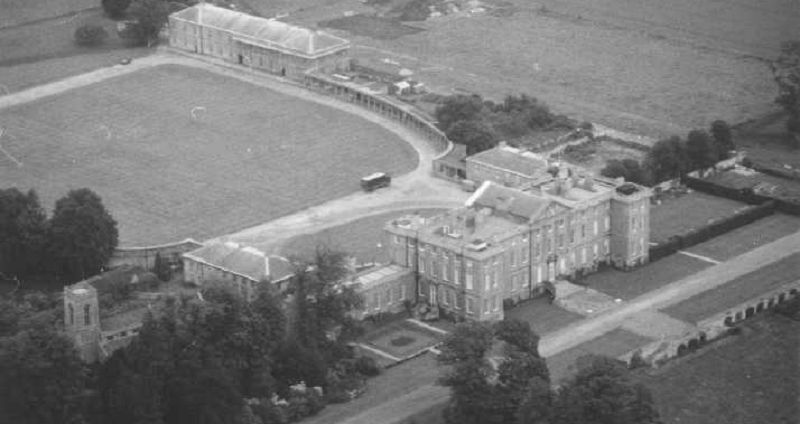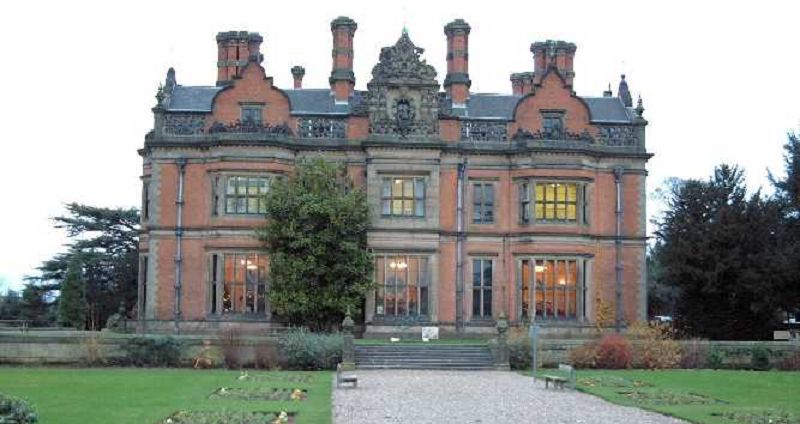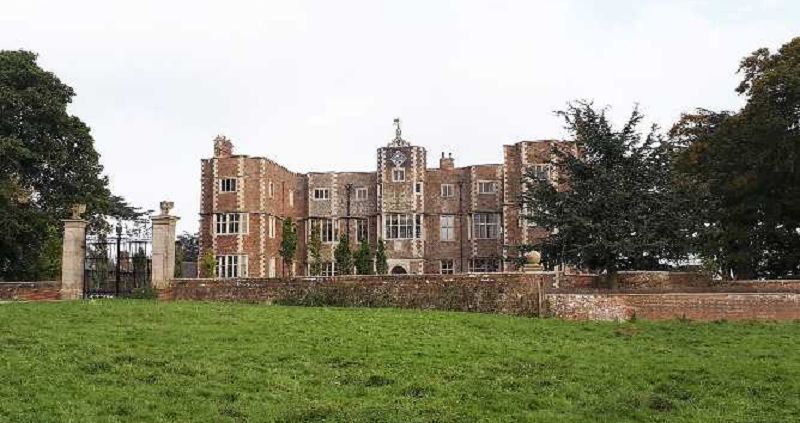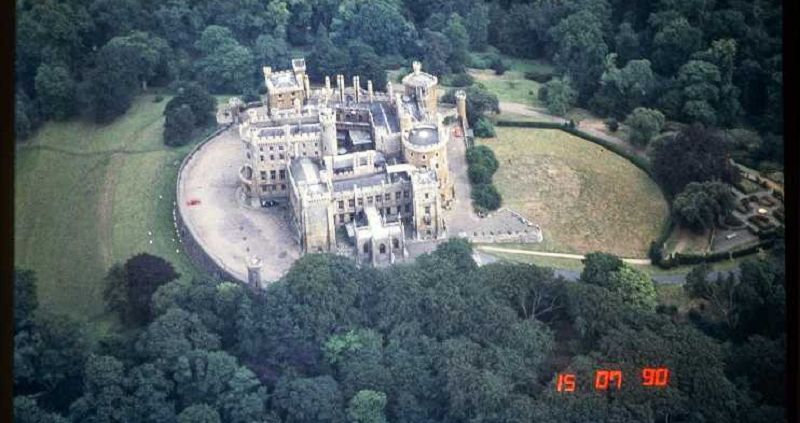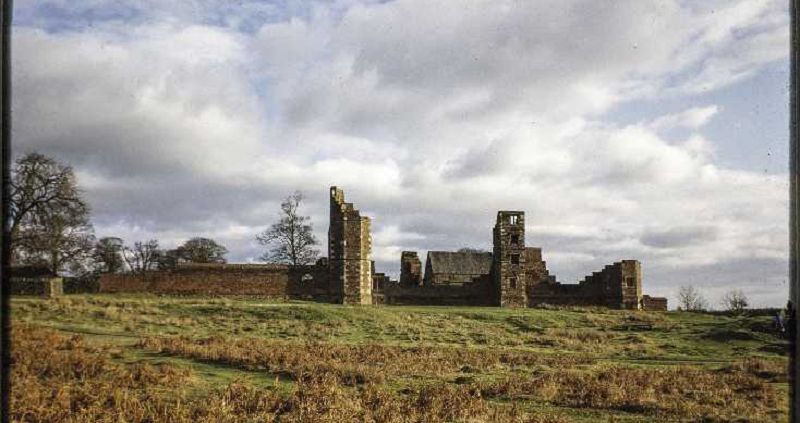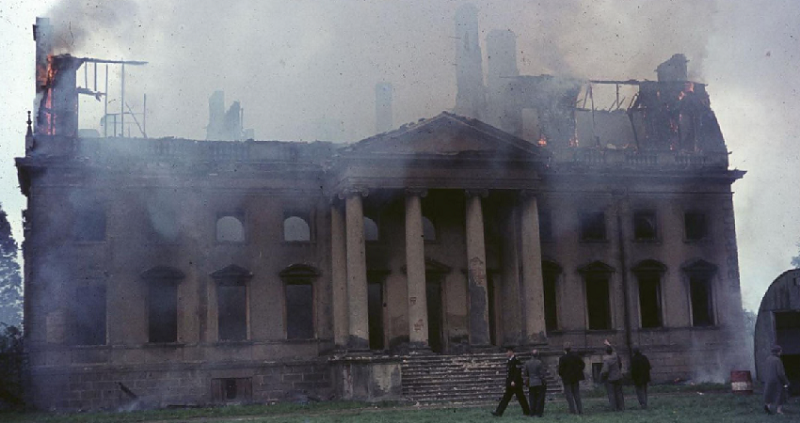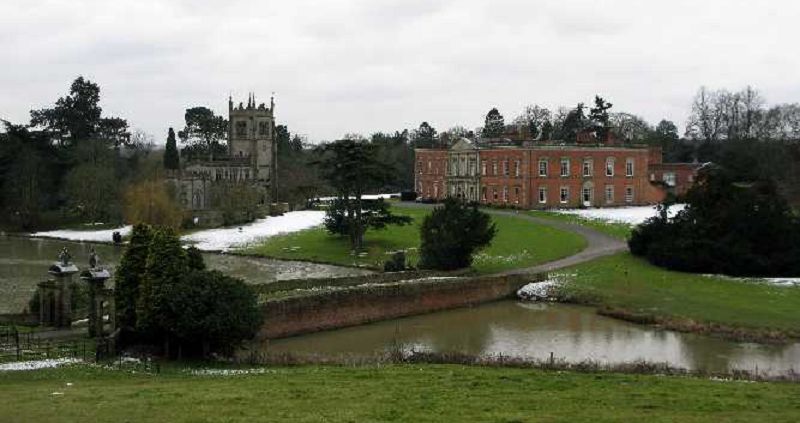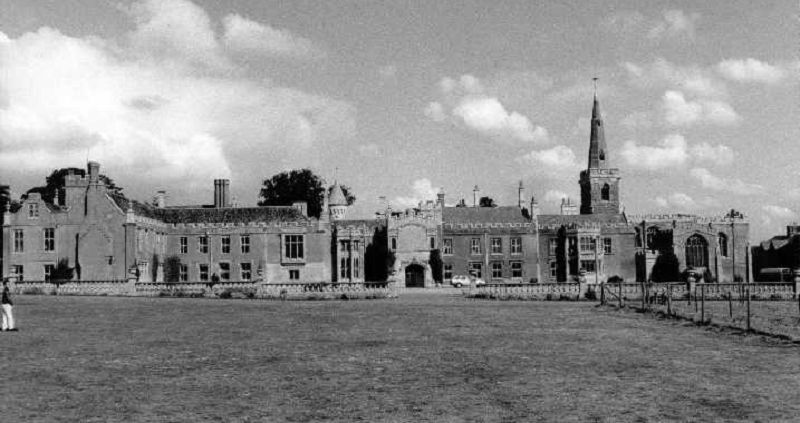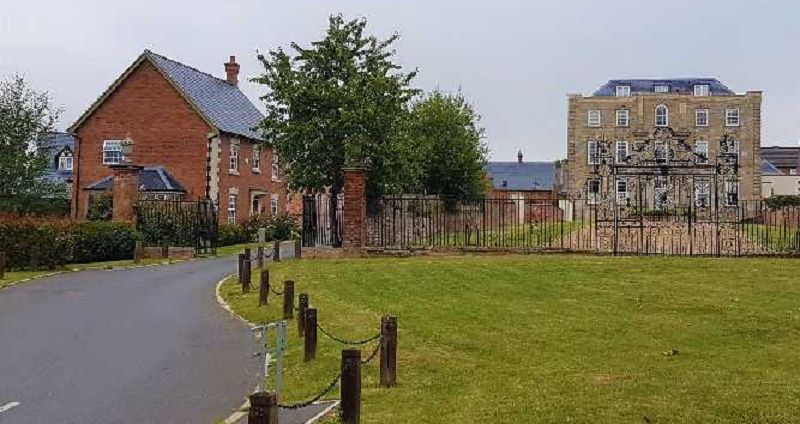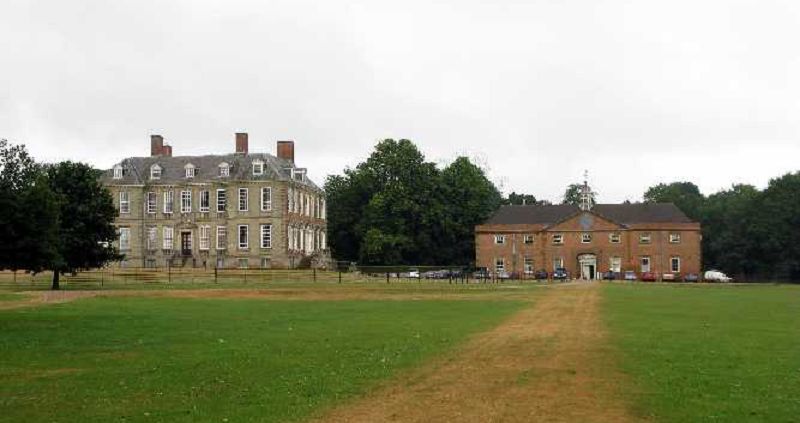Name that Leicestershire/Rutland Country House!
{"name":"Name that Leicestershire\/Rutland Country House!", "url":"https://www.quiz-maker.com/QPREVIEW","txt":"Test your knowledge of the stunning country houses in Leicestershire and Rutland! This quiz will challenge your understanding of historical architecture, key families, and events that have shaped these magnificent homes.Join us to discover:The architectural styles of notable country housesFascinating historical factsEngaging trivia about their past owners","img":"https:/images/course7.png"}
More Quizzes
Castle Quiz
1059
New York City
1589
What Kind of Little are You?
1050
Pre-intermediate TEST 2
27140
Hood Name Generator - Find Your Street Nickname
201018557
Will We Get Back Together - Free Instant Results
201018795
What iCarly Character Am I? Free Personality
201018635
Reordering of Sentences Online - Free Practice
201017545
Identify the Highlighted Muscle - Test Your Anatomy
201019839
Feminist Perspective Test: What Kind of Feminist Are You?
201016616
NBA MVP - Test Your Knowledge of Award Winners
201017283
Am I Muslim? - Just for Fun, Instant Results
201017545

